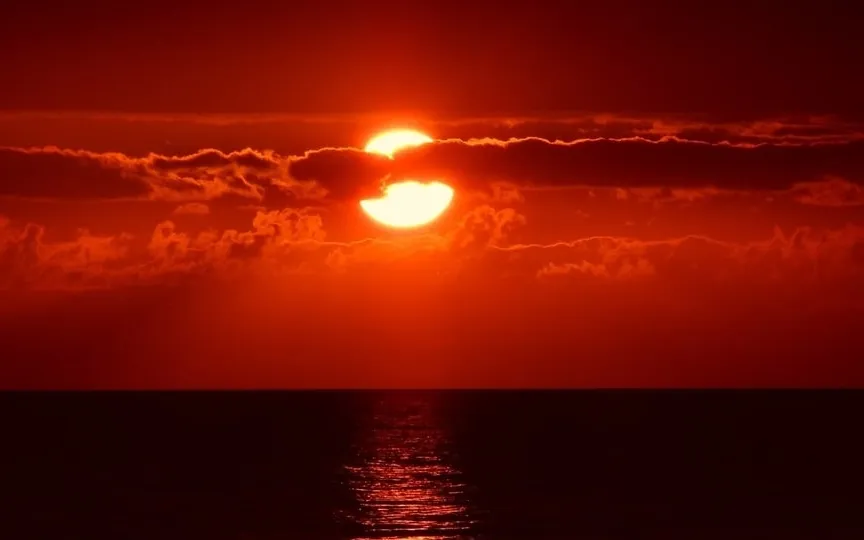Thermosphere Heating Up Due to Solar Storms, Satellites at Risk
While the Earth anticipates the arrival of solar winds that could trigger a minor solar storm later today, June 3, astronomers are more alarmed by a troubling discovery. Recent research indicates that the thermosphere, a component of the upper atmosphere, has been elevated and heated up by a series of solar storms that impacted the planet in 2023. The energy transfer from these storms has caused the thermosphere to shift and become hotter, leading to potential issues for satellites in lower Earth orbits.
Having no air in it basically means that air currents, also known as clouds, affect the movement of satellites, especially smaller ones like Starlink satellites. The hot air would be more susceptible to retreat and could push the satellites and move them 10 kilometers away from their intended positions. This also causes the satellites to collide with each other and damage the hardware.
Solar storms in 2023 increase satellite risks
Blame the sun. Increased solar activity causes the upper atmosphere to warm. The excessive heat has no effect on the weather or climate on Earth’s surface, but is a big problem for satellites in low Earth orbit, said NASA Langley’s Martin Melengak, according to a SpaceWeather.com report.
Mlynczak is the SABER instrument specialist on NASA’s TIMED satellite, which he has operated for the past 20 years. This special satellite monitors the infrared radiation of the thermosphere, which has been recorded as the highest in 20 years.
“In the calendar year 2023, five major geomagnetic storms have occurred, which have significantly increased the amount of infrared radiation (heat) in the Earth’s thermosphere. The peaks were on January 15, February 16, February 27, March 24 and April 24.”
As the peak of the solar cycle approaches, more solar storms are expected, which can make satellites in low Earth orbit.




